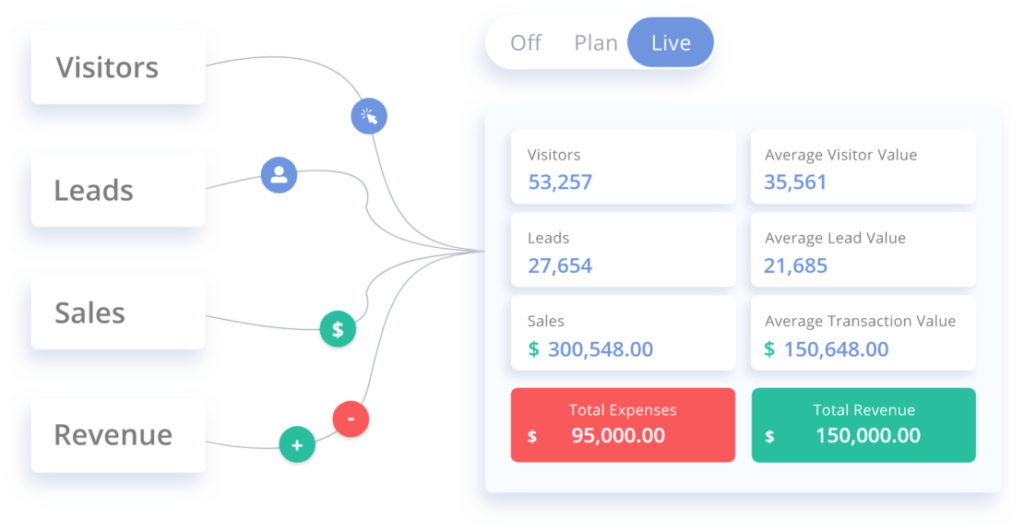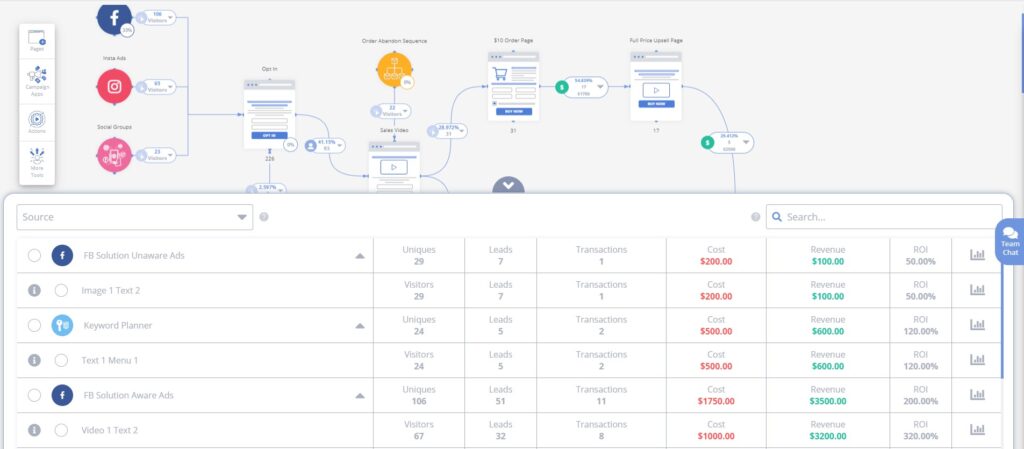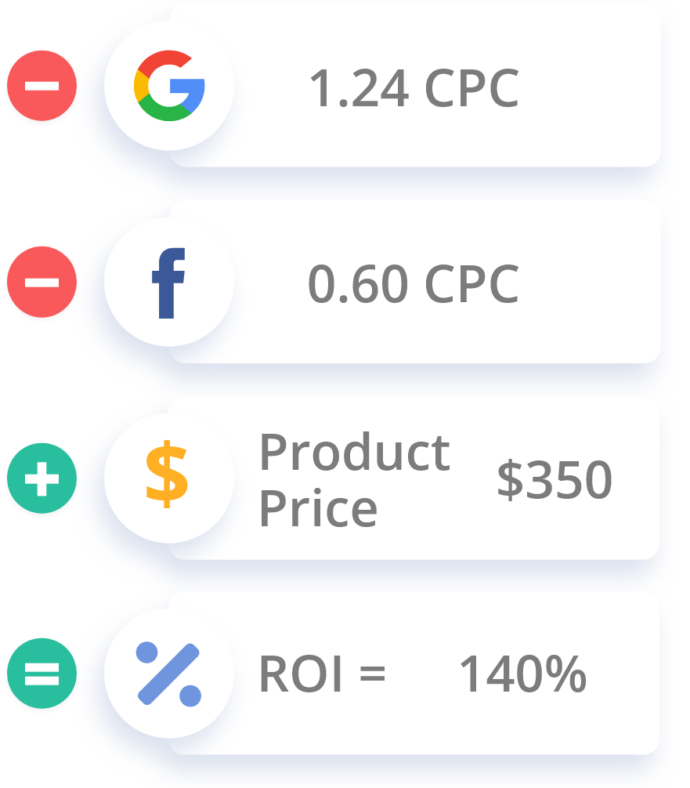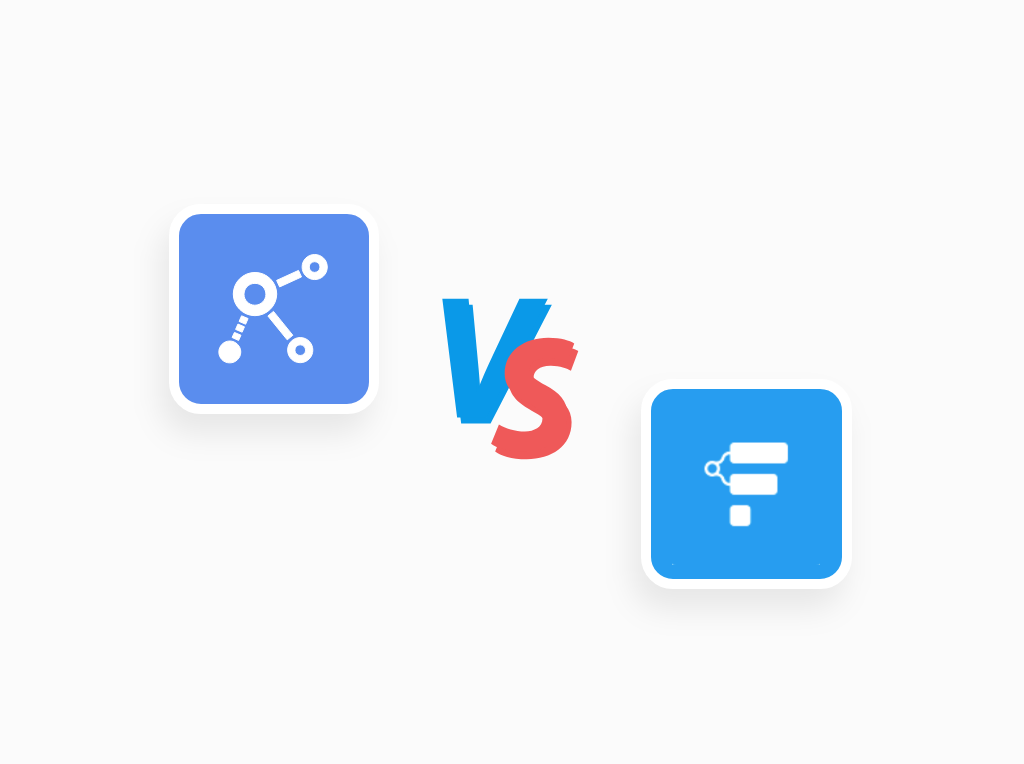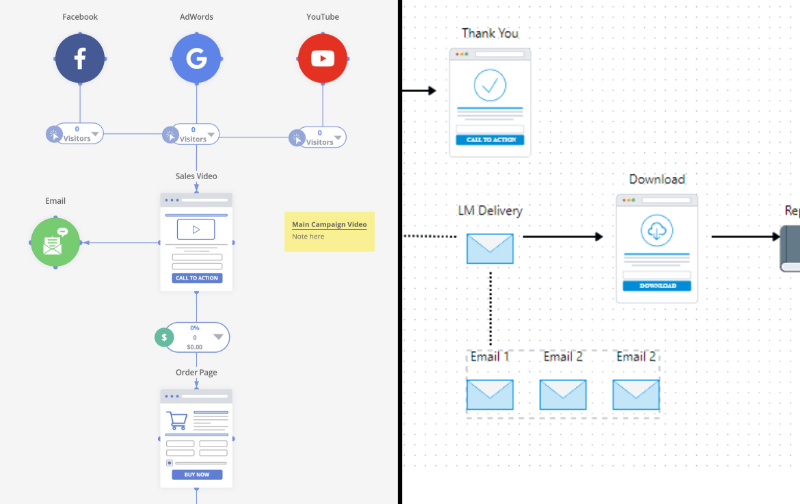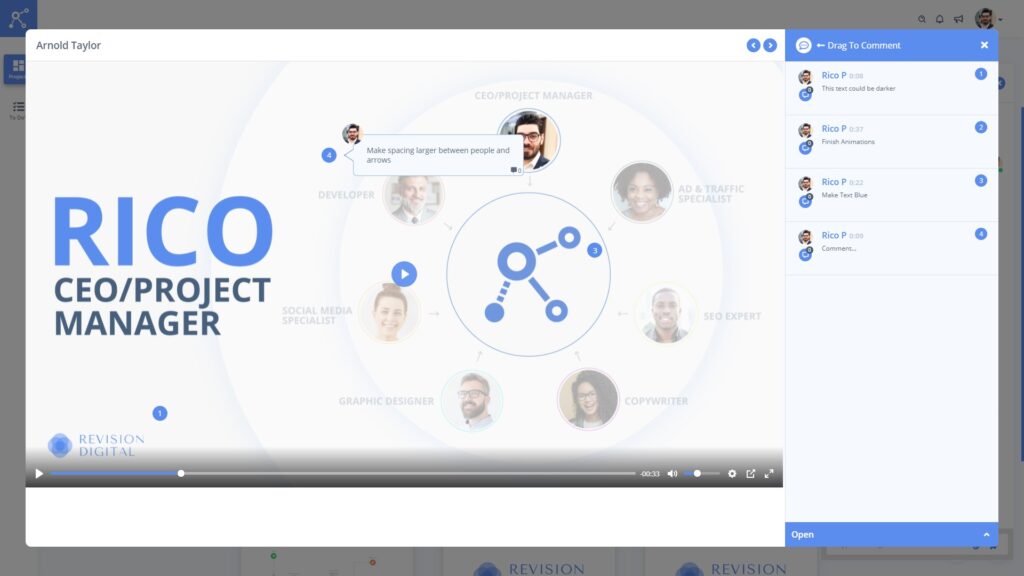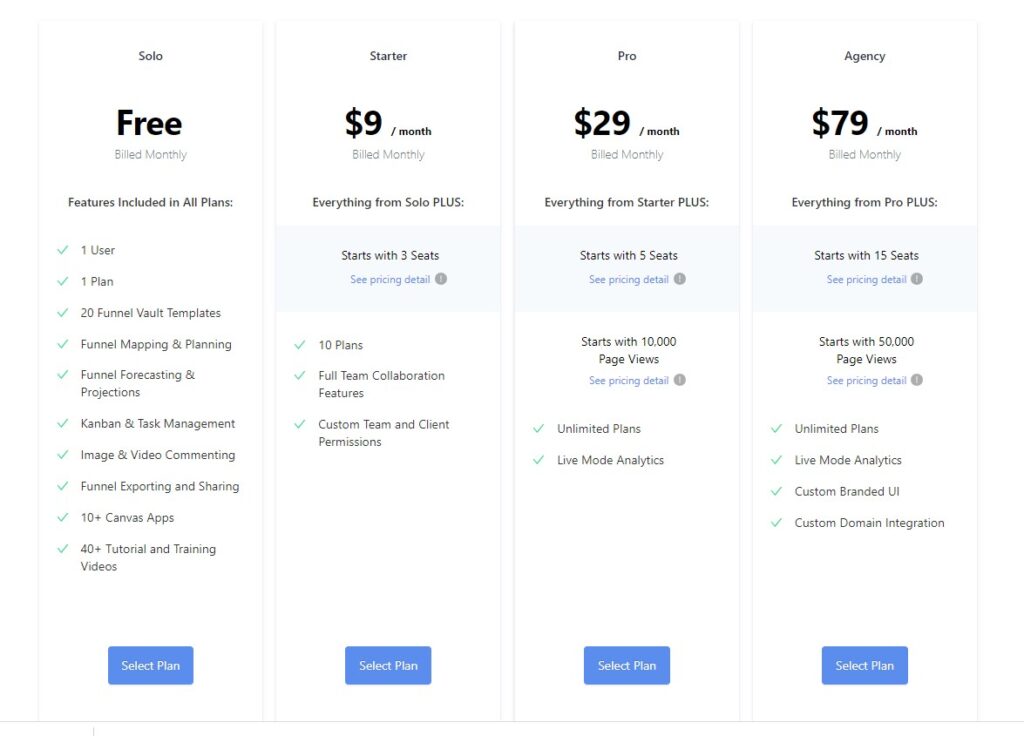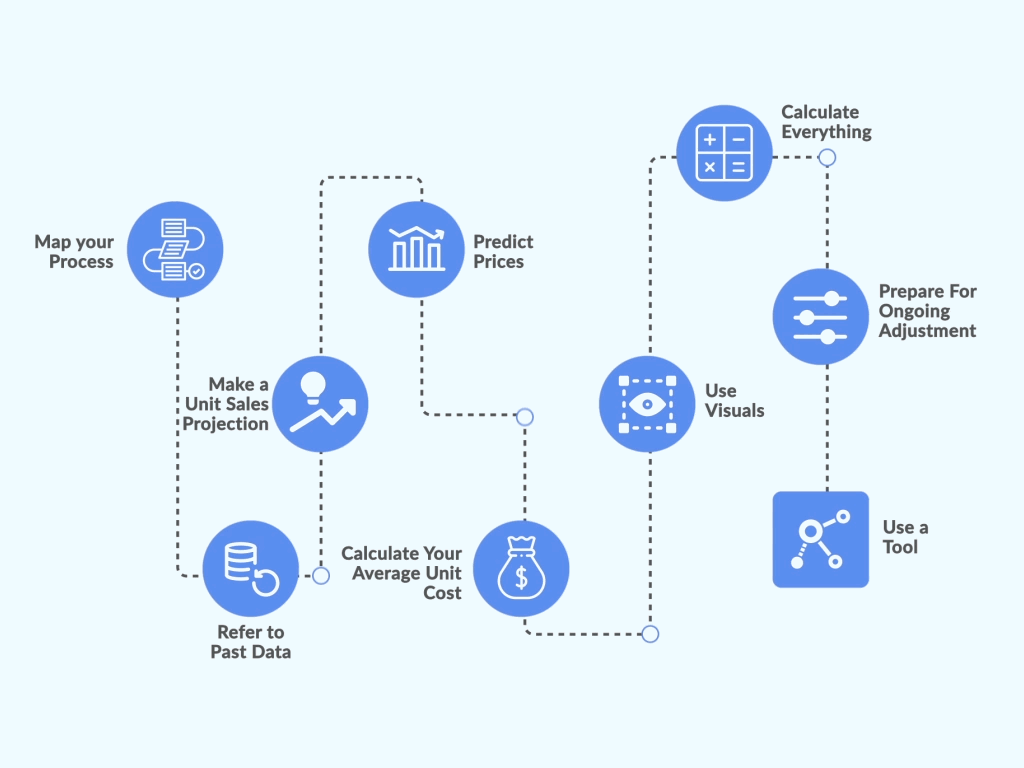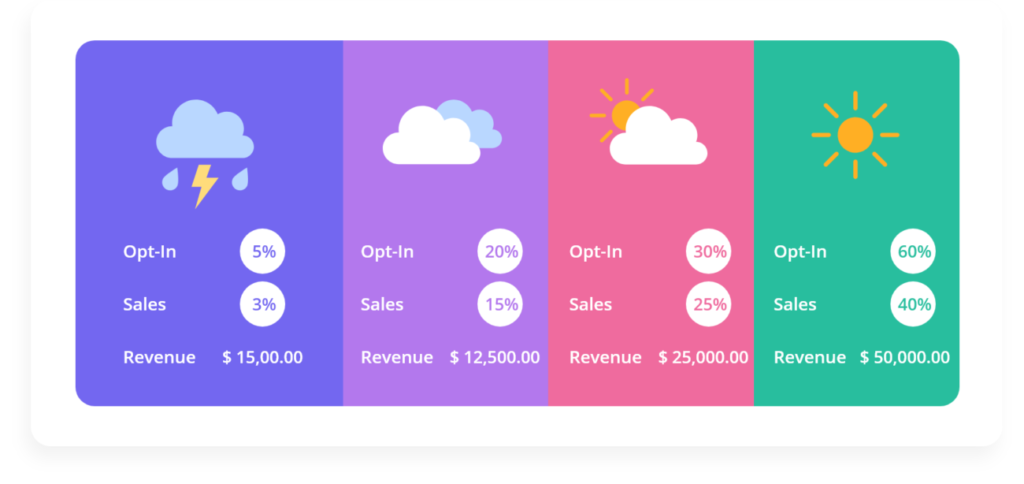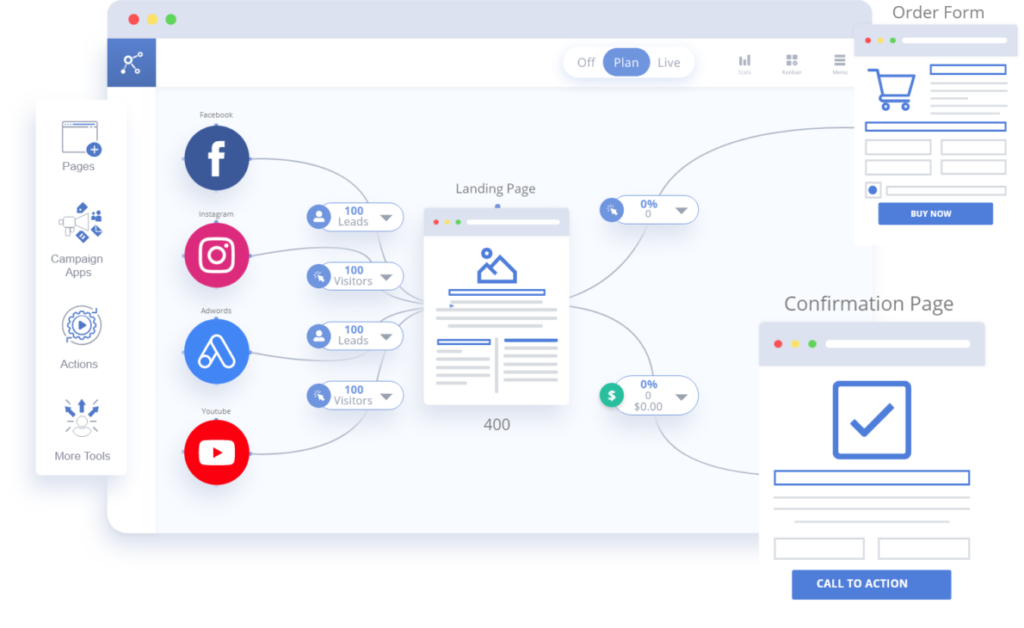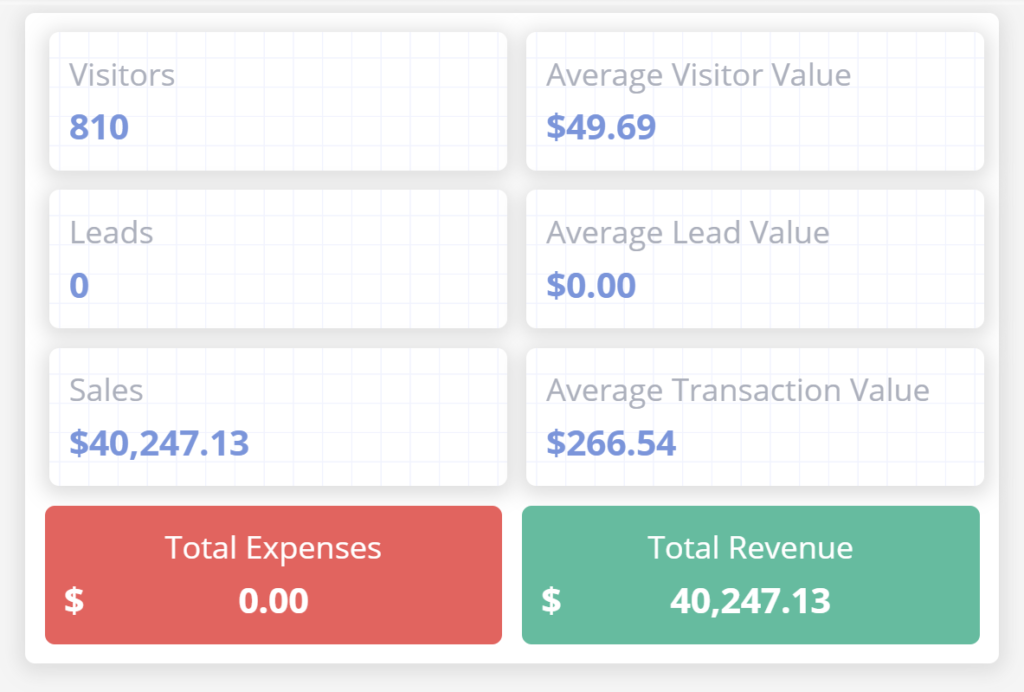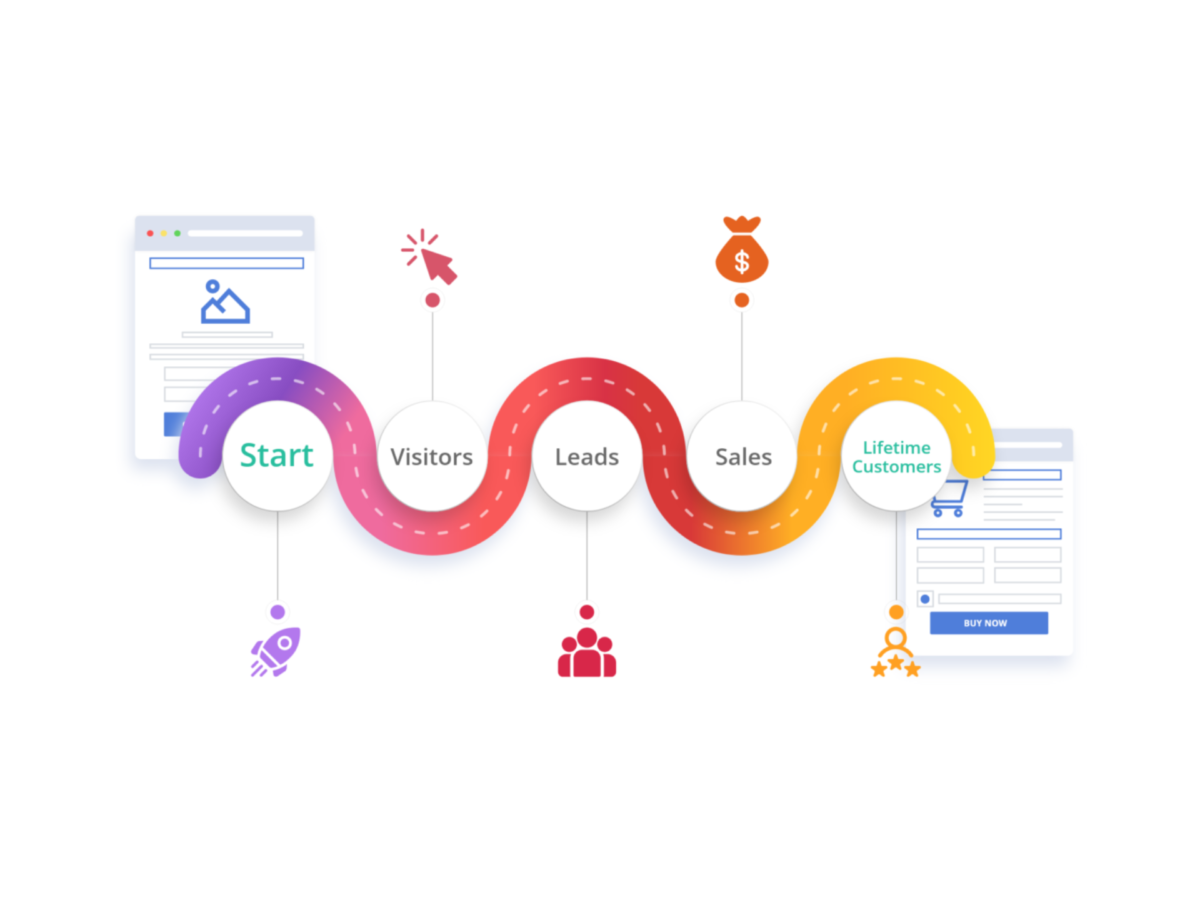Funnel mapping is the method of creating a diagram to visualize your customer conversions to drive sales figures.
It’s a model that contains everything about your marketing process, from your traffic sources, the stages of your funnels, customer interaction points, landing pages, and even remarketing methods.
Funnel mapping is a useful tool that a capable marketer can utilize and develop in presenting marketing strategies and fine-tuning different parts of a campaign.

Simplifying funnels
In the marketing industry, a funnel describes the journey of a customer towards opting in for a service or making a purchase. This includes various types of actions ranging from signing up to a newsletter, filling in a form, or buying a product.
Once a person successfully performs one or more of these tasks, they’ve successfully gone through a conversion process.
Although a funnel can represent one act, the entire process before and after the conversion is a complex sequence of elements that a marketer provides to a potential customer.
This is the reason funnel mapping and tracking helps in plotting the interconnected steps that a visitor makes before they’re added to a company’s conversion figures.
Understanding what funnel mapping means
A sales funnel isn’t as straightforward as seeing a product they want to buy, then moving forward to purchase it. The reality is that smart consumers will go through several steps before they can decide on choosing a product that’s worth their investment.
(Pic – A GIF or Image MarketPlan’s funnel mapping canvas)
It can take anything from a few days to several months before people can be convinced to enter your customer conversion funnel to drive your sales.
One recurring reason customers aren’t quick to make a purchase is that they want to assess whether other brands and companies offer the same benefits or price range.
Funnel mapping allows you to dissect the different steps that your customer encounters in purchasing a product.
Through visualization and data presentation, you’ll be able to create a marketing model that can help implement and improve your current sales strategies so that customers will have a seamless experience.
Visualizing the marketing process
The use of the term ‘funnel’ represents how customers approach your business in driving sales.
At the top of the funnel are the people who have taken the first step in your marketing offers. A reliable marker for this is the number of online foot traffic that your website receives.
As your potential customers look for products or services for their needs, they’ll end up seeing different landing pages that your brand offers.
Along the way, some customers tend to lose interest if they don’t see any incentives in convincing them to opt for your services.
This process then continues until your target demographic is filtered through the thousands of people who were first introduced into your marketing campaign.
Presenting the necessary elements
As a visual diagram, your funnel map should include all the necessary ingredients that will lead customers to make a sale. Listed below are the elements that should be included in your funnel map:
- Traffic sources: Your traffic sources are a set of platforms that you’ll use in driving people towards your sales funnel. This can be done by identifying what methods you’ll use in attracting traffic or from what mediums you’ll be expecting your customers to come from.
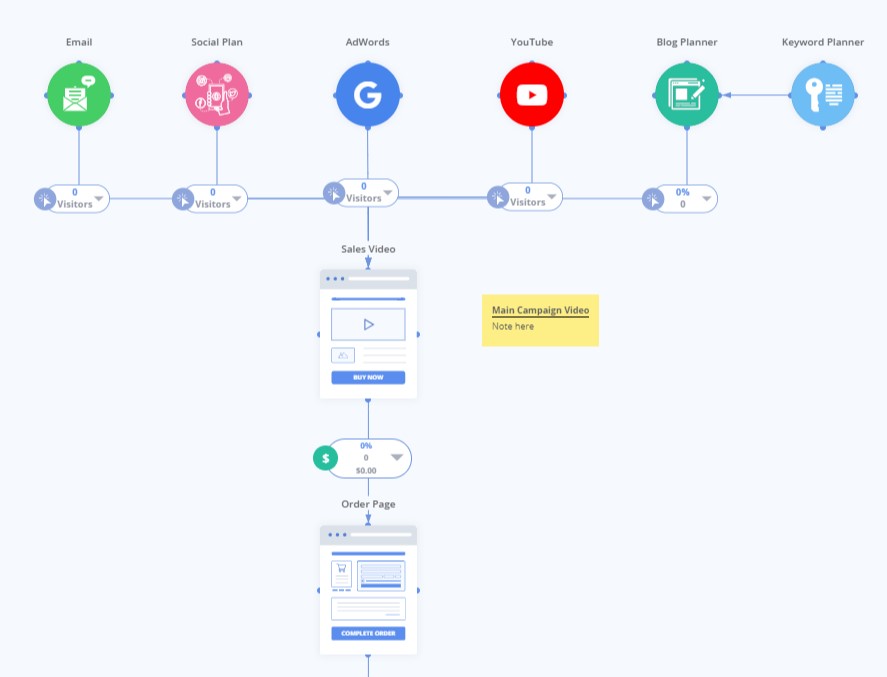
- Website content: This describes what type of content you’ll be presenting as they reach your website. You can start by presenting your company’s mission and vision, presenting an engaging video about your service’s processes, or leading them straight to a product purchase page.
- Landing page: This step should include how you can make your potential customer proceed with their purchase. Include what types of elements on your page will help them make the right choice in assessing the quality of your products and services. You can also include achievements awarded by authority figures in your industry, or make use of customer testimonials to increase your credibility as a service provider
- Incentives: How you’ll attract your customers in purchasing your product can also depend on how well you market your incentives. You can offer a trial version of your service so that customers can get a feel of your service free of charge, or provide limited discount periods to help your potential buyers feel a sense of urgency.
- Remarketing attempts: Many times, a transaction with a customer doesn’t end with the purchase. Remarketing efforts allow you to make the most out of your customers’ attention to offer other products and services that they may be interested in.
By organizing the trajectory of your sales funnel, you’ll be able to see an overview of your full process. This allows you to show an organized and accessible format of your sales plan to potential investors.
It can also serve as a blueprint that your team can analyze to determine which processes are doing well and which ones require improvements.
You don’t have to be a master at graphic design to visualize these steps easily. Thankfully, there are several funnel mapping software tools available to fit your marketing model’s preferences.
Widening the funnel
Your goal as a business owner is to make sure that you “widen the funnel” by reaching the highest conversion rates with your site’s foot traffic.
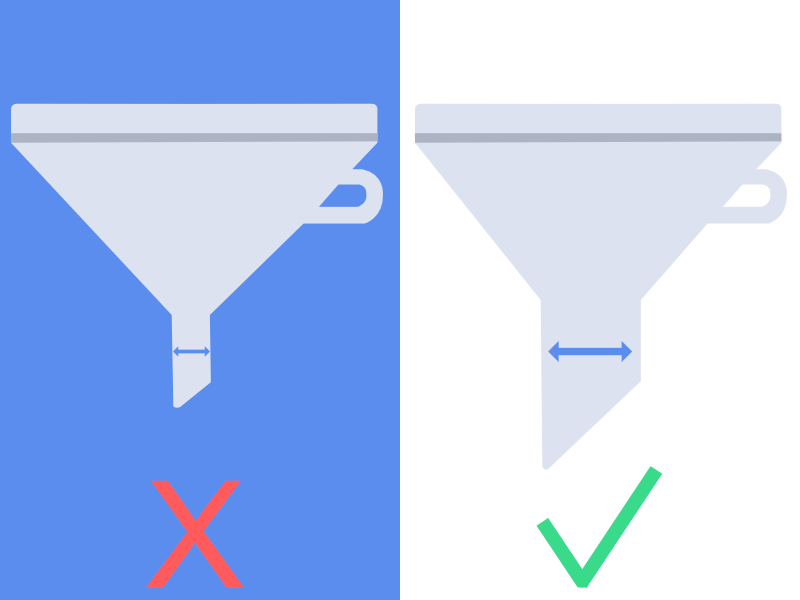
The closer the percentage is to your total foot traffic, the more successful you’ll be in converting online visitors into invested customers.
Repeat customers will take less time to purchase new products, so they tend to skip the conventional steps of your sales funnel. Nevertheless, make sure that you maintain contact with your previous clients by sending them relevant product releases that might interest them.
Conclusion
When creating a funnel map, you should always define your end goal. By figuring out what it is, you can then design your customers’ trajectory towards it by working backward.
Keep in mind that your funnels aren’t always strictly about purchasing a product. Sometimes, you can use modified funnels to create different ways of generating traffic to your website. Doing this allows you to discover alternative strategies in implementing your overall sales funnel model.
A digital marketer needs to have reliable tools to make sure that they can help a business grow. We offer an all-in-one marketing platform to give you the resources that you need to develop your sales funnel.
Subscribe with us today and see how our funnel mapping software can help your business optimize its conversion process!















